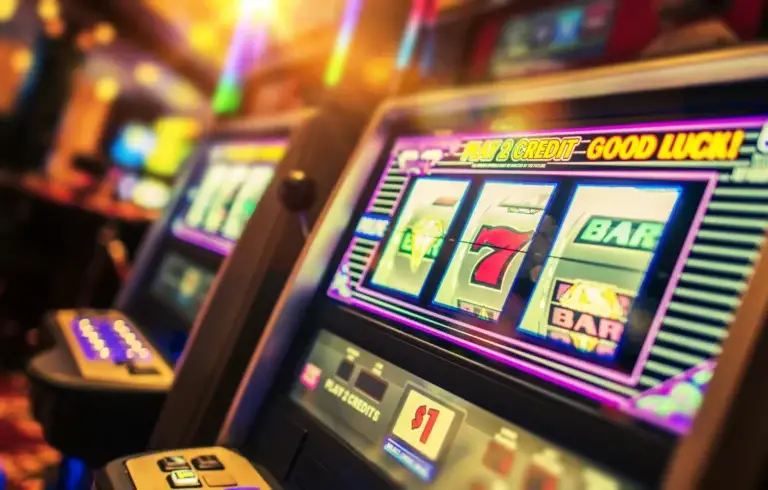The Fibonacci strategy in casinos has long attracted the attention of players looking for a way to manage bets with minimal losses and control over their bankroll. The sequence of numbers by Leonardo of Pisa originally described the growth of rabbit populations, but today it forms algorithms for bets where each subsequent step depends on the previous ones. This system helps structure the game, keep winnings and losses under control, and reduce the randomness of decisions at the table.
The Fibonacci Strategy in Casinos: Essence of the Method and Its Connection to Mathematics
The Fibonacci gaming tactic uses the mathematical sequence 1, 1, 2, 3, 5, 8, 13, and so on, where each subsequent number is the sum of the two previous ones. In case of a loss, the bet is increased, moving on to the next value, and in case of a win, the player goes back two steps. This logic helps balance losses during a prolonged losing streak.
The mathematics of this scheme demonstrates a gentle dynamics compared to the more aggressive Martingale system. The increase in bets does not skyrocket in a geometric progression, reducing the burden on the bankroll and decreasing the risk of rapid depletion of the deposit. This method allows for maintaining control over the game for longer and increases the likelihood of coming out ahead during a prolonged but not critical losing streak.
Differences from Other Progressions
The Fibonacci strategy in casinos operates as a negative progression in bets: the amount increases after a loss to compensate for losses. At the same time, the growth occurs smoothly, without doubling jumps as in the classic Martingale. This approach is particularly valued by those who want to reduce pressure on the bankroll and maintain a cool-headed calculation.
In contrast, a positive progression in bets involves increasing the amount after a win, which is suitable for aggressively increasing profits during a successful streak. Fibonacci, on the other hand, is aimed at risk management and minimizing the impact of short losing streaks.
Applying the Fibonacci Strategy in Roulette
The strategy is most commonly used in European or French roulette, where the house edge is 2.7%. Betting on even chances (red/black, even/odd) provides the most predictable outcome. The Fibonacci betting system in roulette allows for gradually recovering losses without doubling the amount after each loss.
Example: start with 1 chip on black. In case of a loss, the betting amount moves according to the sequence – 1, 1, 2, 3, 5, 8… After a win, it rolls back two steps. This logic helps slowly compensate for losses and preserve the bankroll longer than with sharp doubling.
Using the Strategy in Blackjack
Many players apply the system in casinos and card games. It is particularly popular to study how the Fibonacci system works in blackjack. When betting against the dealer, it helps keep expenses under control, avoiding a sudden increase. The progression adapts to the size of the minimum bet and the number of decks. After a win, it decreases, helping to lock in profits without exceeding the plan.
The Fibonacci System for Other Games: Baccarat, Craps, Slots
The Fibonacci strategy in casinos is not limited to roulette and blackjack. In baccarat, betting according to the numerical progression helps reduce losses when betting on “banker” or “player.” In craps, the sequence allows for compensating for unsuccessful throws without excessive aggression. In slots, the method is less common, but some players use it with a fixed budget, gradually increasing the amount as losses occur.
Variation – Fibonacci Reverse
In addition to the classic approach, there is Fibonacci Reverse. This scheme reverses the usual logic: the stake increases after a win and decreases after a loss. This variant combines elements of a positive progression and is suitable for players who prefer to capitalize on lucky streaks. The reverse approach is effective in games with frequent small wins and low risk of prolonged losses.
The Fibonacci Strategy in Casinos: Practical Recommendations
When applying the strategy, it is important to control the bankroll and consider table limits. Although the numerical progression grows slower than in Martingale, it can still reach large bets during a long losing streak. Calculating probabilities, understanding odds, and the casino’s advantage are critical for preserving capital.
Key principles of application:
- determine the starting amount corresponding to the size of the bankroll;
- use a progression without sharp jumps, following the plan;
- lock in winnings after rolling back two steps;
- consider the house advantage and the specific game statistics;
- end the session when reaching the pre-set loss limit.
This tactic helps keep the game under control and minimize the impact of long losing streaks. With proper bet management, the strategy can prolong the gaming process and increase the chances of coming out ahead.
Risks and Limitations
The Fibonacci strategy in casinos does not negate the mathematical advantage of the establishment. Even with a soft progression, it cannot completely offset the long-term edge of roulette or blackjack. During a long losing streak, the bet may exceed acceptable limits, and the bankroll may run out before a win appears. Additionally, table limits can halt the progression and disrupt the calculation.
Conclusion
The Fibonacci strategy in casinos helps structure bets and reduce the randomness of decisions but requires strict budget control and understanding of mathematics. It operates more gently than aggressive systems and is suitable for players preferring moderate risk. Applying the sequence, considering odds, and the casino’s advantage allow for extending the gaming process and reducing losses, but do not guarantee a long-term edge over the casino.



